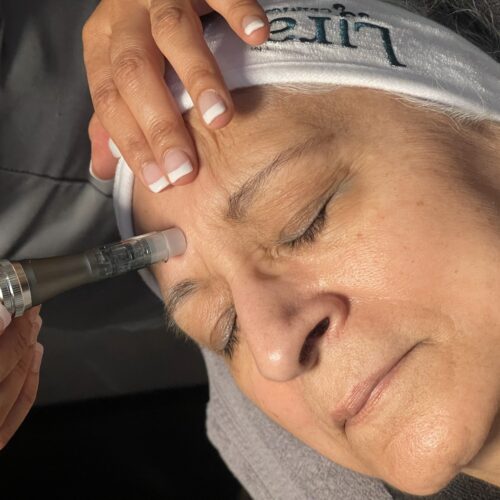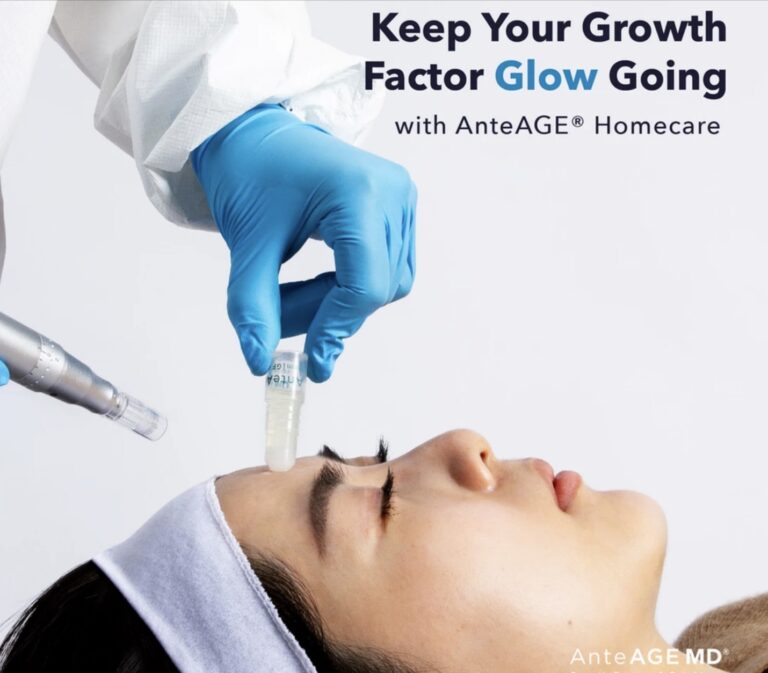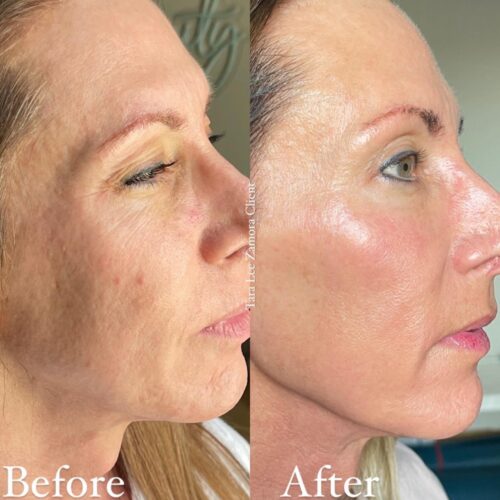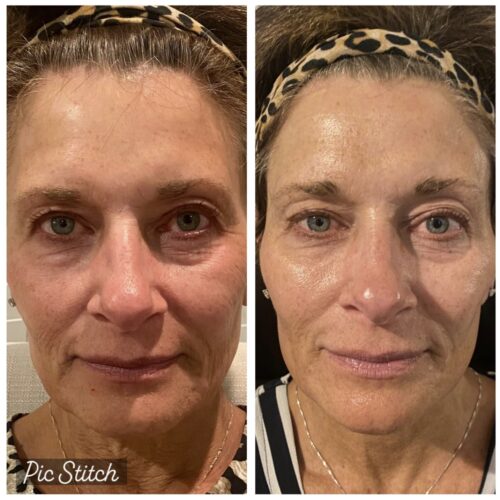Everything You Need to Know About Microneedling Infusion Facials
In the world of skincare, microneedling infusion facials are becoming more and more popular as they provide a minimally intrusive way to refresh and revive your skin. Here’s all the information you need to know about microneedling infusion facials if you’re thinking about getting one.

What is a Microneedling Infusion Facial?

This innovative treatment offers several benefits, including:
- Reducing fine lines and wrinkles
- Tightening and lifting the skin
- Improving skin tone and brightening it
- Reducing mild to moderate acne scars
- Keeping the skin hydrated
- Creating a plumper, more youthful complexion
- Improving hyperpigmentation and sun damage
- Reducing the appearance of stretch marks
The Procedure: What to Expect
The first step in a microneedling infusion facial is to thoroughly cleanse and prepare your skin. Though the precise time can vary based on the treated area, the microneedling procedure itself is relatively quick. To reduce pain during deeper treatments for acne scars or wrinkles, numbing cream may be used.
To improve the outcomes, your skincare specialist will use carefully chosen serums after the microneedling. These could be hyaluronic acid, growth factors, or other active ingredients that are specific to the requirements of your skin.
You can have some temporary tenderness, surface swelling, or redness just after the procedure. After a few days, these adverse effects normally go away, showing radiant results.

Preparation and Aftercare
Prior to your treatment:
1. For around two weeks before, refrain from any other invasive procedures or professional exfoliation treatments.
2. A few days prior, stop using scrubs, AHA/BHA products, and vitamin A or retinol products for at-home exfoliation.
3. Make sure to show up for your appointment with a makeup-free face.

Following your treatment:
1. Avoid heat, sun exposure, and activities that make you sweat.
2. Use just the moisturizing, soothing, and mild products that your skincare specialist has advised.
3. Observe any post-care guidelines that your esthetician has provided.
Results and Maintenance

Considerations and Customization



